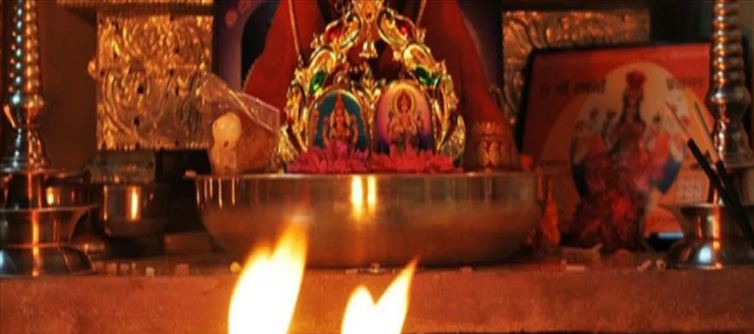
Which Images of Deities Should Not Be Preserved?
Lord Ram: The image of Lord ram should not be positioned next to the main door or in any other ambiguous or disorganized area of the house, according to Vastu. This may disrupt harmony and prosperity within the household.
Image of Goddess Kali: Although the image of Goddess kali is frequently linked to defense against adversaries and the annihilation of evil, it should not be maintained in the house since it may have unfavorable effects. It should not be put in the temple of the house.
'Destructive' Form of Lord Shiva: It is not advisable to have a picture of Lord shiva in his 'destructive' or 'pralaya' form at home. This shape is a representation of dread and devastation, which can lead to worry and chaos in the home.
Love Images of Radha and Krishna: Vastu advises against keeping love images of Radha and krishna at home. Such images have the potential to unnecessarily complicate and strain relationships inside the home.
Images of Deities Bathing: Images of deities bathing or in other vulnerable poses should not be shown in the home because they represent impurity, which can have a detrimental effect on the household's energy.
Where and What Should You Keep?
Lord Ganesha and Goddess Lakshmi: The images of these two deities in the home bring wealth and tranquility. Ideally, they should be oriented toward the north or northeast.
Sun God's Image: The sun God's image needs to be positioned in the house's south or southeast corner. Positive energy is guaranteed in the house as a result.
Vastu Shastra places a strong emphasis on the proper orientation and positioning of images of deities. When positioned properly, these images support the upkeep of harmony, wealth, and contentment in the house.




 click and follow Indiaherald WhatsApp channel
click and follow Indiaherald WhatsApp channel